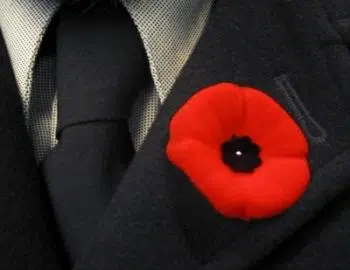
Red Poppy White Poppy
It is my pleasure to greet Prince Albert readers from the pages of paNOW. After more than 12 years writing columns, I think I have the hang of it now and look forward to sharing my views with you every other week on these pages. As an official Old Broad, I look forward to the relaxing change from weekly to biweekly too.
As usual, I intend to express my views on just about everything with a few bits of history thrown into the mix.
A bit of my own history. I studied journalism at Carleton University in Ottawa, before transferring to Brandon University, graduating with a BA in History and Geography. I finished university studies at University of Saskatchewan with an Honors degree in History in 1969.
As some of you remember, I wrote for the Daily Herald for several years in the early >90s. After leaving the Herald, I began writing weekly columns for the Shopper.


